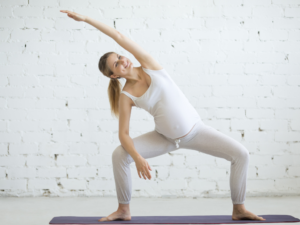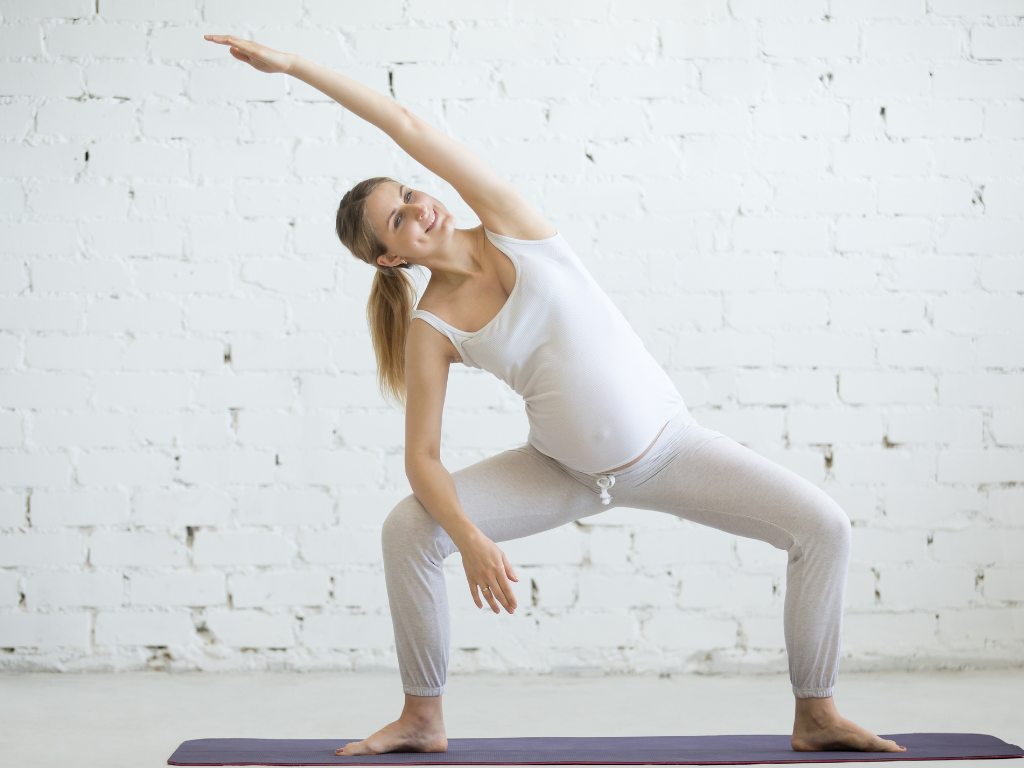

Pregnancy and Yoga: Pregnancy is a very crucial and important stage in the social scenery. It is also considered to be a major process in the spiritual dimension as it involves creation of a new life form which is a magical and divine process. Asana, Pranayama, and Dhyana practices are important for expectant and new mothers during pregnancy and post-natal periods.

Benefits of Pre-natal Yoga:
Aasana Practice during pregnancy: It is important to choose yoga poses that are safe and supportive for both the mother and the growing baby. Here are some recommended asanas (yoga postures) to practice during pregnancy:
Pranayama during Pregnancy: During pregnancy, it is recommended to practice gentle and slow breathing exercises, such as Nadi Shodhana (Alternate Nostril Breathing), Ujjayi (Victorious Breath), and Anulom Vilom (Corpse Pose Breathing). It is also important to avoid any strenuous or inverted poses and pranayama techniques. It is advisable to seek the guidance of a qualified yoga teacher or healthcare provider before starting any pranayama practice during pregnancy.
Meditation techniques for pregnancy:
Precautions to take: It’s important to listen to your body and avoid any yoga or meditation practices that feel uncomfortable or cause discomfort. It is important to note that expectant mothers should seek the advice of their healthcare provider before starting any exercise program, including yoga. A qualified prenatal yoga instructor can also offer modifications to ensure the practice is safe and comfortable for the expectant mother. After delivery, it is important for new mothers to consult with their healthcare provider and a qualified post-natal yoga instructor to determine when and how to safely resume their practice.